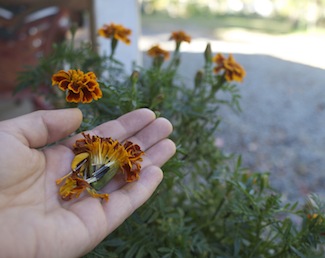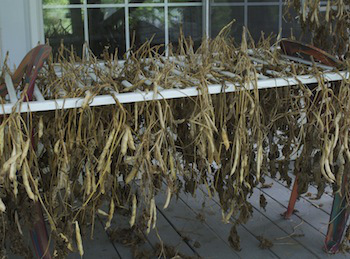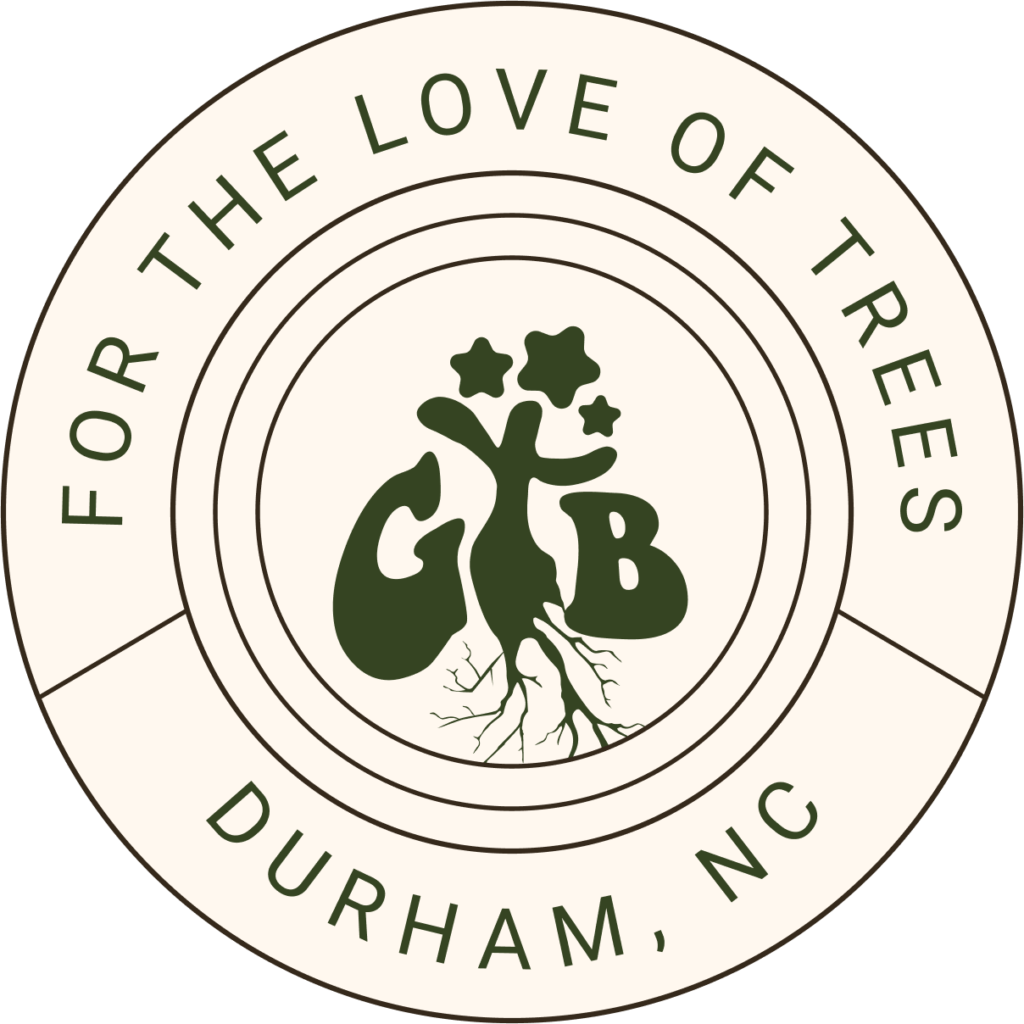A Grateful Trees & Bees guest post from our friend at HarvestLiberty.net.

I will never forget the first time I watched Grandpa Jack deadhead a marigold and scatter its seeds. It was a flat out miracle. I took high school biology, so I knew about the birds and the bees, but somehow I never quite put it together that flower seeds would be a part of the flower. Where I grew up seeds came from the store. Everyone dutifully paid $1.79 for their little packet of marigold seeds or shelled out $3.50 – $5.00 for transplants already done half their flowering. Watching Grandpa Jack open up that seed pod blew my mind.
It seems crazy to me now, that I so missed the obvious, but my mindset was a symptom of the Great Forgetting that’s gone down throughout the United States since the 1950’s: a casualty of the same cultural intention that birthed a single-serving plastic bottle to commodify water. I was habituated to spend money on a free natural resource, so much so that I had stopped remembering it was free.
The good news, though, is that the green realm doesn’t share our cultural amnesia. Further, despite the fact that in our man’s world a 1980 Supreme Court decision rendered seed subject to intellectual property laws and paved the way for the current situation in which the proprietary seed market now accounts for 82% of the commercial seed market worldwide, the plants and trees kept on making seeds. And despite all of Monsanto’s attempts to the contrary in the intervening decades, they’re still doing so — in my garden, in your garden, in the manicured landscaping in the office park down the street. And high up in mountain meadows and down in the salty reeds near the ocean too.
What follows is a basic guide for how to collect some common seeds found in our garden.
Tools
- Hand(s) with opposable thumb
- Scissors or small garden clippers (optional)
Materials
- Annual plants that have seeded out
- Various containers, baskets, or ventilated cardboard boxes
- Newspaper or paper towels
- Glass jars, paper envelopes or paper bags
- Labels
- Pen
Steps
1. Set your intention as a seed collector. For a rigorous intention of preserving genetic purity, leave this page now and go directly to a source such as Suzanne Ashworth’s Seed to Seed. I am not a professional gardener, nor a botanist. I don’t aim to cultivate the best Durham tomato by hybridizing my two favorite strains. I am a mom who feeds her family from our kitchen garden and I like free seeds. They satisfy both the anarchist and the dreamer in me. The anarchist loves getting something for free that my culture taught me required money. The dreamer loves being in relationship with multiple generations of the plant families with whom we share this acre. Helping to insure that the children of this year’s plants will be born in the spring is a small homage I can pay to the green realm for its abundant gifts of food, oxygen and beauty. Therefore my intention as a seed collector is simply to participate in the propagation of annual plants in my garden.

2. Allow plants and flowers to go to seed. In the case of many annual flowers, as with Grandpa Jack’s marigolds, the flower buds themselves contain the seeds. Similarly, with some veggies like beans, what we’re eating is the seeds, so to collect the vegetable is to collect the seed. With other plants, such as hairy vetch, a seed pod may develop after flowering and separate from the blooms. The secret is to simply wait it out and see what happens with the plant you’re trying to propagate. Eventually that plant will move through its life cycle which will include a part where the plant knows it’s going to die. It’s an heroic moment for the plant, a time when it gives a gift of life to children it will never know, insuring an immortality of a sort. Bear witness to this rite of passage and you will learn how to collect the seeds.
3. Collect and dry seeds. Yup, that’s it. When you see that a plant’s seeds or seed pods have been formed, pluck them off with your hand or cut them off with scissors or garden clippers. I typically use both hands and toss the seed pods into a container I rest near the plant. When possible, wait to harvest seed pods until they are well dried by the sun and wind, but before they are so dry that they start to crack open. You may also choose to harvest before the pod is fully dried if you are expecting significant rainy weather that could cause the pods to mildew. Sometimes I yank the entire plant out of the ground and hang it out of the rain to continue drying until I have time to harvest the seed pods. Choose a container for collection that is suited to the shape and size of the seeds or seed pods. Ventilated containers are essential for seed pods that have not fully dried as air flow will help prevent the seeds from rotting or developing mildew. If your seeds come straight off the plant without pods, such as buckwheat seeds, you will need to collect them in a container without holes and then transfer them to a piece of newspaper or paper towel, spreading them out for 2-3 days of air drying.

4. Store and label seeds. Remove and compost all seed pods, also discard any seeds that show signs of deterioration or decay. I store seeds in either glass jars or paper envelopes which I get free by saving them from junk mail. Paper lunch bags also work well. Label your seeds and store them in a cool, dry, dark location. Return occasionally to vent the seeds, particularly those stored in large quantity in glass jars. Any remaining moisture in the seeds will then be able to escape, preventing the seeds from mildewing. Most annual seeds will remain viable when stored for 1-2 years.
5. Or ignore Steps 1 – 4 and instead take the lazy man’s approach. With all of our annual flowers, after harvesting some seeds to save for direct sowing, I drag the dead plants with any clinging seeds to places in our yard or around the garden where I want to encourage their growth. I leave the plants there over the winter, allowing them to decay. In the spring, we rough till the area and then leave it alone. The process turns lawn into a patch of “wild flowers” in one season.
© 2014 Grateful Trees & Bees; © 2012 HarvestLiberty.net

